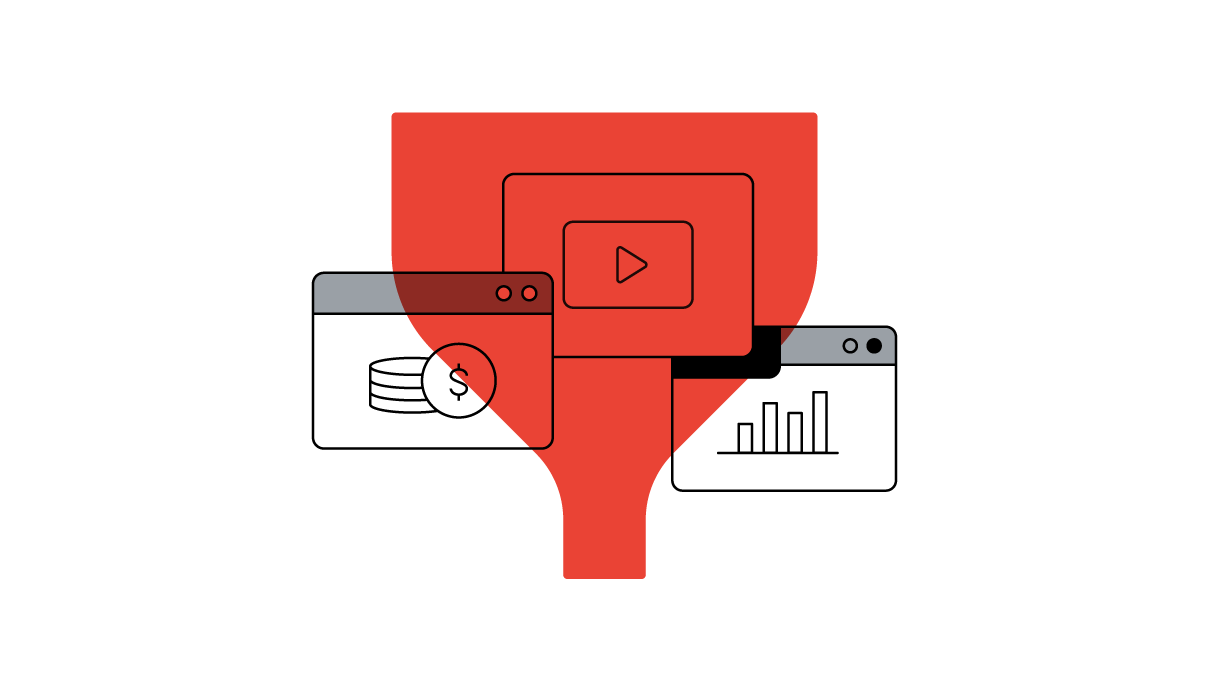Measuring results is a key component in implementing complex marketing campaigns for a diverse consumer base. It’s difficult for Japanese marketers to measure the effectiveness of their ads quickly, often, and with sufficient detail. In this second installment of a two-part discussion about measuring the effectiveness of brand advertisements, we’ll discuss the need for agility in the increasingly complex marketing landscape.
Communication that captures diverse consumers in their many micro-moments
Brand communications often have the competing purposes of promoting a cohesive brand message while also delivering different customized messages to diverse groups of consumers in their intent-driven micro-moments. In short, marketers face increasingly complex demands to respond to consumers’ individual moments of intent as they seek to address an increasingly diverse customer base.
Search is now a permanent fixture of people’s daily lives, and with people of all ages using mobile devices, people search freely for topics they’re curious about in any particular moment. In order to effectively communicate the benefit of that search, we must meet consumers in their many micro-moments to provide timely messages that relate to their changing and individual needs. Opportunities are greater than ever, but so are the complexities.
Google isn’t immune to the effects of this growing complexity. For example, Android has fostered an open ecosystem with an endlessly increasing number of apps and several unique devices to meet a diverse set of user needs. As a result, Android’s brand communications need to be based on this assorted set of user profiles.
How should marketers plan around diverse user needs and frequent user shifts? This is a common issue for both Google and many other brands. Marketers today must strive to deliver the right message at the right time to each user with a greater level of detail and speed than ever before. For that reason, it’s important to utilize new digital measurement technologies that provide superior targeting ability and operational flexibility.
Confronting the limits of measuring ad effectiveness
Even when detailed, dynamic marketing communications are delivered with the latest digital technologies, marketers still face the following issues when they try to measure ad effectiveness using conventional methods.
The issue of speed: inability to immediately assess results
For issues like reach measurement that can be assessed with behavior logs, marketers can currently see who received the message and to what extent with a certain degree of speed. However, in a brand campaign aimed at improving brand awareness and consumer favorability, surveys are essential for confirmation. Typically, a research company conducts a survey using its survey panel, but it can take several weeks or longer to obtain results. This time lag is a significant bottleneck when marketers are trying to be flexible and quickly adapt their campaigns.
The issue of granularity: inability to verify a diverse set of individual marketing actions
The conventional method of verifying message effectiveness involves collecting surveys from several thousand people. In the past, this method worked well for campaigns that mass-marketed the same message to tens of millions of people no matter how diverse the population. Consequently, a sufficient number of corresponding panelists could be found with even a limited sample size. However, when the marketing campaign is broken down for each diverse user (as is now the case), a sufficient number of corresponding panelists can’t be found who have seen each advertising execution. This leads to a limited sample size yielding a statistically insignificant result.
The issue of frequency: inability to measure effectiveness during the campaign
With conventional methods, there are limits to the size of a survey panel. Even if the panel is comprised of more than one million people, the response rate is probably much smaller (perhaps hundreds of thousands of responses but more likely tens of thousands). If multiple surveys are conducted during a campaign to verify that users' micro-moments are being accurately captured, the number of fresh samples (people who have never responded to the survey) decreases.
Because there are issues regarding the speed, granularity, and frequency of effectiveness verification, ad campaigns tend to conduct large-scale verifications before and after each campaign. Even dynamic marketing campaigns with diverse appeal and messages that capture the micro-moments can't be applied to future campaigns if they aren’t correctly verified.
This requires brand marketers to measure effectiveness in real time with detailed granularity within a complex marketing policy.
New survey methods to improve the lack of agility
The evolution of digital technology continues to provide answers to these pressing marketing concerns. For example, in contrast to conventional methods, new questionnaire survey methods such as Google's brand effectiveness measurement (Brand Lift) and the Google Consumer Survey (GCS) don’t use survey panels.
Brand Lift works by displaying surveys to users who attempt to view a YouTube video, and playing the video once the questions have been answered. GCS displays surveys in cooperation with media companies that provide users with interesting content such as news or entertainment sites. In many cases, a paid membership is required to access the content or restrictions are applied if content is accessed for free. However, GCS allows users to enjoy the content for free by simply completing the survey, and the media company providing the content gains revenue by displaying the survey. Brand Lift and GCS do not have any panel size restrictions and can collect surveys from tens of millions of users.
The greatest advantage of these two survey methods is how they allow marketers to verify a hypothesis, no matter how detailed the granularity. For example, a marketing strategy can be evaluated by channel, creative, number of exposures, or target. Using Brand Lift and GCS enables the verification of hypotheses that can’t ensure a sufficient sample size with panel-based surveys. In addition, marketers receive results in real time instead of having to waiting for the campaign to finish. Surveys can be repeated several times without worrying about sample depletion, and verification can be continued during the campaign. With Brand Lift, survey costs are free to advertisers, and GCS surveys can be implemented at relatively low cost compared to conventional questionnaire surveys.
Learning from the present moment to connect to the future
Behind-the-scenes challenges facing both brands and consumers are changing significantly due to digital technology, and attitudes toward effectiveness measurement is shifting as well. Greater importance is being placed on learning for the sake of future action instead of focusing on accountability for past actions.
However, in order to fully understand what’s needed for future action, effectiveness verification needs to combine accuracy with agility. That’s where digital technology truly shines.
Effectiveness verification in the digital age doesn’t refer to just personal computers and mobile devices. In fact, digitization of all media, including store promotions, outdoor advertising, and transportation advertising, is already underway. There’s no doubt that wisdom gained today will play an important role as all media becomes digitized in the near future.








